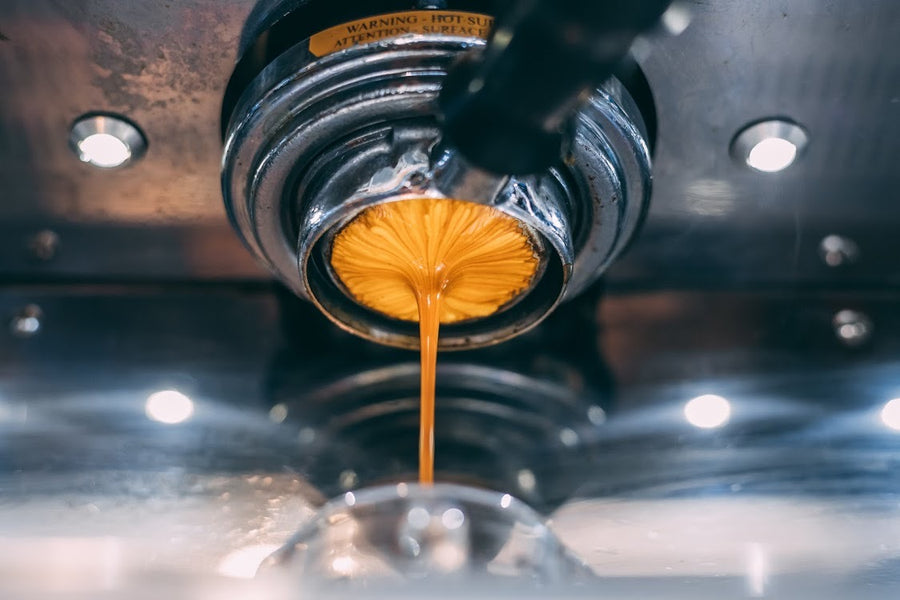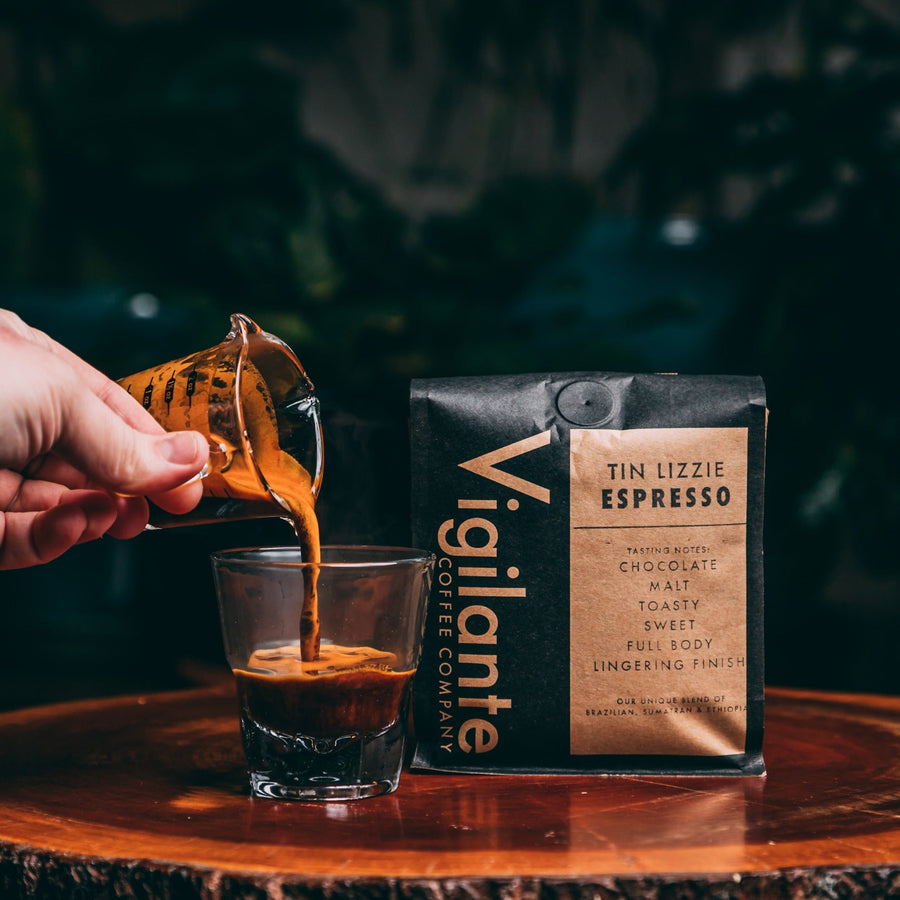SOE Single Origin Espresso – A Great Gift for Coffee Aficionados
SOE Single Origin Espresso – A Great Gift for Coffee Aficionados
Blog Article
Understanding Coffee Beans: the Journey From Coffee to Blended Coffee Beans

The Beginnings of Coffee: A Worldwide Viewpoint
While you could think about coffee as a modern staple, its beginnings trace back centuries, linking with cultures around the world. The story starts in Ethiopia, where legend claims a goat herder named Kaldi discovered the invigorating results of coffee beans after seeing his goats romping vigorously after consuming them. This sparked interest, causing coffee's spread to Arab investors that valued the made beverage. By the 15th century, it reached Persia, Egypt, and Turkey, where coffeehouses came to be social hubs for discussion and society.
As profession courses broadened, coffee made its method to Europe in the 17th century, swiftly gaining popularity. It transformed from a magical beverage right into a day-to-day ritual, intellectual exchanges and motivating gatherings. Each culture added its special spin to coffee preparation, improving its background. This global trip highlights exactly how coffee connects us, transcending borders and unifying diverse practices via a simple bean.
Growing and Harvesting of Coffee Beans
As coffee's journey advanced, the emphasis shifted to the farming and harvesting of certain bean selections, particularly those made use of for espresso. You'll discover that coffee beans often originate from Arabica or Robusta plants, each offering distinctive flavors. The perfect growing conditions include high altitudes and abundant, well-drained dirt, which improve the beans' quality.
Throughout the harvest, choosing methods vary. Timing is important; you want to gather when the cherries reach peak perfection for optimum taste.
Once collected, the beans are prepared for processing, which is essential in determining their final preference. Understanding the cultivation and harvesting processes provides you understanding right into what goes right into your preferred coffee, improving your gratitude for each mug.
Processing Approaches: From Cherry to Bean
Since you have actually found out about gathering espresso beans, allow's explore just how those cherries change right into the coffee beans you love. You'll see how different harvesting techniques impact taste, followed by the necessary actions of fermentation and drying out. We'll damage down the milling and grading procedure that identifies your coffee's high quality.
Gathering Techniques Explained
When it comes to coffee, recognizing harvesting techniques is important, because they directly affect the taste and top quality of the beans you appreciate. Discerning selecting entails hand-picking only ripe cherries, ensuring you obtain the ideal high quality beans. Eventually, the choice of harvesting technique can considerably affect your coffee experience, so it's worth knowing how those beans made it to your cup.
Fermentation and Drying
After gathering, the next steps in processing coffee beans play a considerable role fit their flavor. You'll discover that fermentation is crucial, as it helps break down the mucilage surrounding the beans, improving their preference account. Depending on the technique, this procedure can last from a couple of hours to numerous days, with varying results based upon temperature level and moisture.
When fermentation is complete, drying follows, which is just as crucial. You can select from mechanical or sun-drying drying out approaches. Sun-drying enables the beans to soak up tastes from the atmosphere, while mechanical drying out guarantees constant wetness degrees no matter weather. Proper drying out is necessary to protect against mold and mildew and maintain the beans' top quality, inevitably affecting your mug of coffee.
Milling and Grading Process
As fermentation and drying out set the stage for taste development, the milling and grading procedure warranties that only the finest coffee beans make it to your cup. This stage entails eliminating the outer layers of the coffee cherry, consisting of the parchment and husk. Top notch beans receive a higher quality, resulting in a richer coffee experience.
Toasting Strategies: Opening Taste Prospective
When you roast coffee beans, the method you choose can dramatically impact the taste profile. Comprehending the connection in between time, temperature, and roasting methods is vital to revealing the potential of your brew. Allow's discover just how these components collaborated to produce the perfect cup.
Toasting Methods Described
While you could believe that all coffee toasting methods produce the very same outcomes, the truth is that each method reveals distinct taste capacities in the beans. You can pick between techniques like drum toasting, air roasting, and even traditional pan roasting. Drum roasting uses a rotating drum to uniformly disperse warmth, enhancing caramelization and creating a balanced flavor. Air roasting, on the other hand, flows hot air around the beans, promoting a lighter roast with pronounced acidity. Frying pan roasting allows for hands-on control yet needs constant focus to stay clear of burning. Each technique has its nuances, so try out different techniques can aid you find the ideal roast that lines up with your taste preferences. Take pleasure in the trip of discovering your suitable cup!

Effect on Flavor Account
Various roasting approaches not only influence the procedure but likewise significantly impact the flavor profile of the coffee beans. Dark roasts, on the various other hand, bring out strong, great smoky flavors, often masking the bean's distinct features. Comprehending these nuances helps you value the virtuosity behind your mug of coffee, enhancing your general experience with every sip.
Time and Temperature Level Aspects
To release the complete flavor possibility of coffee beans, both time and temperature throughout the roasting process play substantial functions. When roasting, you'll discover that greater temperature levels can quickly establish flavors, however if you rush it, you might finish up with burned notes. Alternatively, lower temperature levels permit a much more progressive flavor growth, showcasing the beans' one-of-a-kind attributes.

Timing is just as important; extending the roast too long can lead to a loss of level of acidity and illumination, while also brief a roast might leave the beans underdeveloped. Locating that sweet place needs technique and trial and error. By readjusting these variables, you can disclose the abundant, complicated tastes hidden within each bean, developing a truly amazing coffee experience.
The Art of Blending: Crafting Distinct Coffee Profiles

Start by choosing a base coffee that supplies a strong structure. A brilliant Ethiopian bean can bring fruitiness, while an abundant Brazilian coffee includes body.
As you mix, bear in mind that each mix tells a story. You're not simply making coffee; you're developing an experience. So, take your time, taste regularly, and take pleasure in the trip of discovering your signature blend.
Brewing Methods: Just How Preparation Impacts Flavor
Blending coffee opens a domain name of taste possibilities, but just how you make that mix can considerably influence your last mug. Various brewing techniques draw out special tastes and fragrances, so it's essential to pick wisely. For instance, a French press allows sediments and oils to stay, developing an abundant, full-bodied experience. On the other hand, a pour-over highlights the coffee's quality and brightness, excellent for showcasing delicate notes.
Coffee, with its high pressure, generates a concentrated shot that accentuates sweet taste and crema. If you like a lighter brew, take into consideration a chilly brew approach; it yields a smooth, much less acidic taste.
Ultimately, trial and error is essential. Adjusting variables like water temperature level, grind size, and make time can transform your coffee's profile. Accept the art of brewing to find the tastes hidden in your coffee blends. The right approach can raise your experience to new elevations.
The Future of Coffee: Sustainability and Advancement
As the coffee industry develops, sustainability and advancement are becoming crucial for resolving ecological obstacles and conference customer demands. You'll discover that even more coffee business are taking on environmentally friendly methods, from sourcing beans ethically to carrying out sustainable farming methods. These changes not just help the world yet likewise boost the quality of the coffee you appreciate.
You might see technologies like naturally degradable packaging and water-saving brewing techniques that lower waste. Advanced technology, such as blockchain, is likewise coming to be popular, making sure transparency in the supply chain, which allows you to trace your coffee back to its origins.
On top of that, purchasing local areas and sustaining farmers with fair profession initiatives promotes a more sustainable coffee environment. As you drink your next mug, keep in mind that your selections can add to a brighter future for coffee. By choosing for sustainable brands, you're not just delighting in a drink; you're making a favorable effect on the globe.
Frequently Asked Questions
What Is the Difference In Between Arabica and Robusta Beans?
Arabica beans are smoother, sweeter, and have a greater acidity, while robusta beans are stronger, extra bitter, and have even more caffeine. When making your coffee., you'll discover these distinctions in taste and aroma.
Just How Does Elevation Affect Coffee Bean Flavor?
Elevation effects coffee bean taste significantly. Higher altitudes create beans with brighter acidity and complicated flavors, while reduced altitudes often produce beans that are heavier and much less nuanced. You'll observe these differences in your mug!
What Are the Wellness Benefits of Alcohol Consumption Coffee?
Drinking coffee can enhance your power, improve psychological focus, and also improve physical performance. It's rich in anti-oxidants, may decrease the risk of certain conditions, and can promote a healthier metabolic process when consumed in moderation.
Can Coffee Beans Be Recycled for Brewing?
Yes, you can Single Origin Espresso recycle coffee beans for brewing, yet the taste may be weak. If you delight in trying out, try recycling them in different means, like chilly brews or including in smoothies for an added kick.
How Should I Store Coffee Beans for Quality?
To keep your coffee beans fresh, store them in a closed container in a great, dark place. Prevent revealing them to light, heat, or moisture, as these factors can quickly weaken their taste and aroma.
Recognizing Coffee Beans: the Journey From Coffee to Blended Coffee Beans.
Currently that you've learned about collecting espresso beans, allow's explore how those cherries change right into the coffee beans you enjoy.When you roast coffee beans, the technique you pick can considerably influence the flavor profile - Single Origin Espresso.While you may believe that all coffee toasting techniques generate the exact same outcomes, the reality is that each method exposes special taste possibilities in the beans.Various toasting approaches not just affect the procedure yet additionally substantially affect the flavor profile of the coffee beans
Report this page